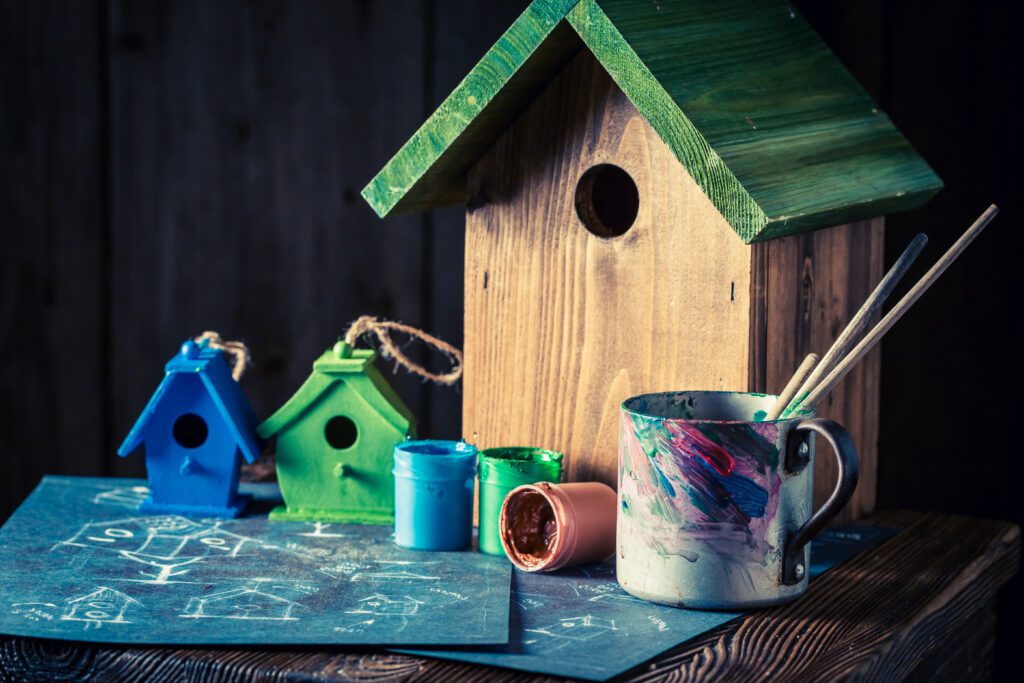Best Plants to Display During Winter Seasons
Outdoor Plants for Winter Displays Indoor Plants for Winter Displays Tips for Displaying Winter Plants These plants, especially ones from Kiefer Landscaping, will make your winter displays vibrant and inviting!









